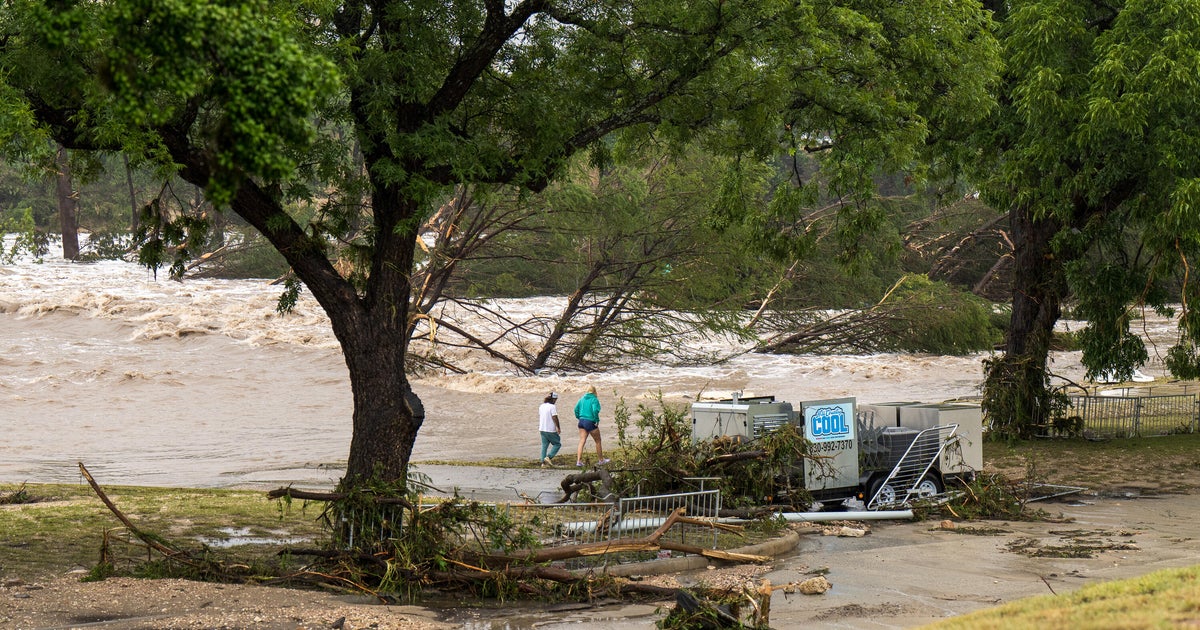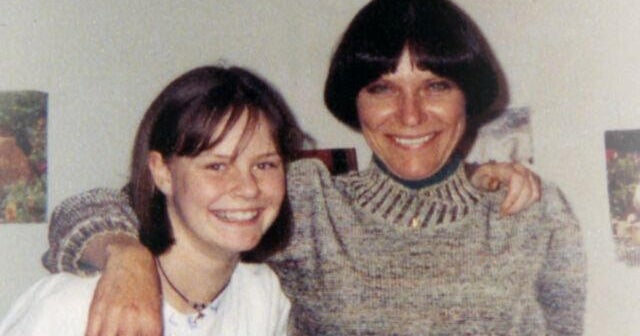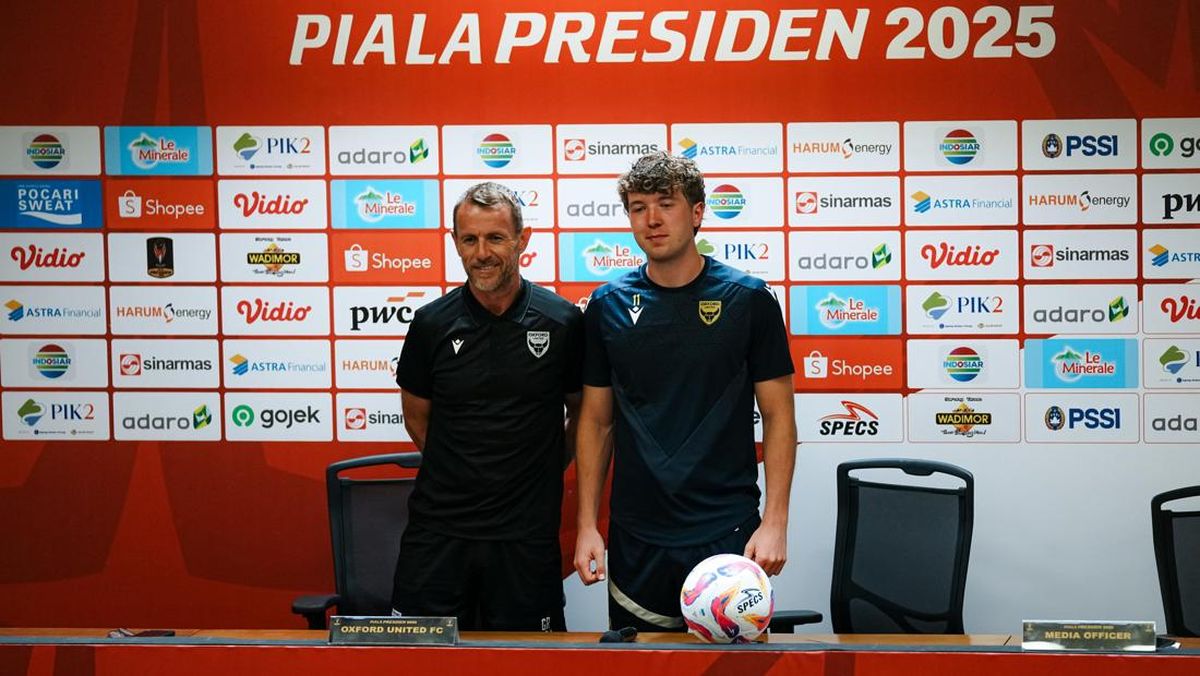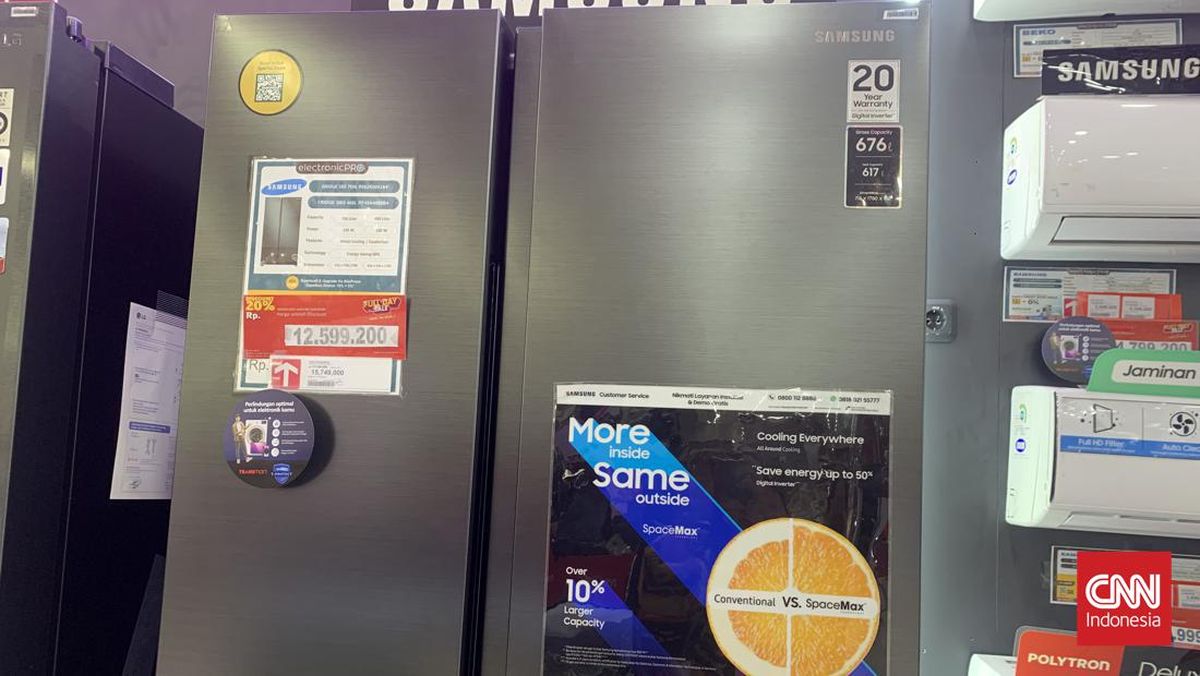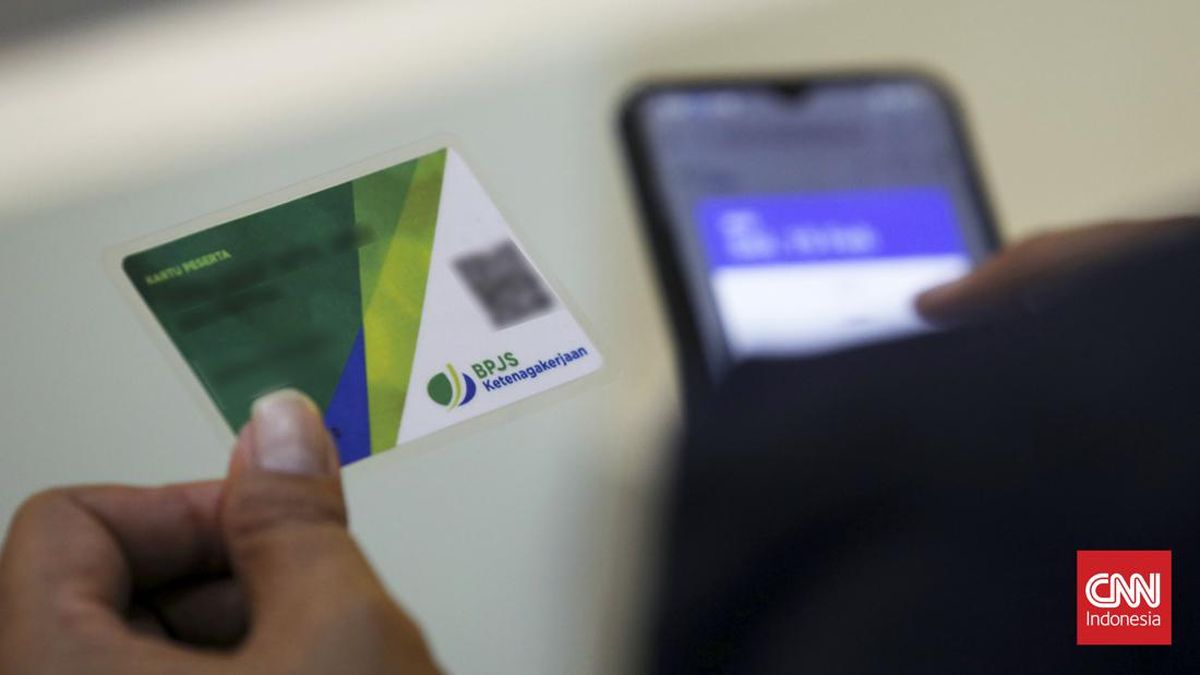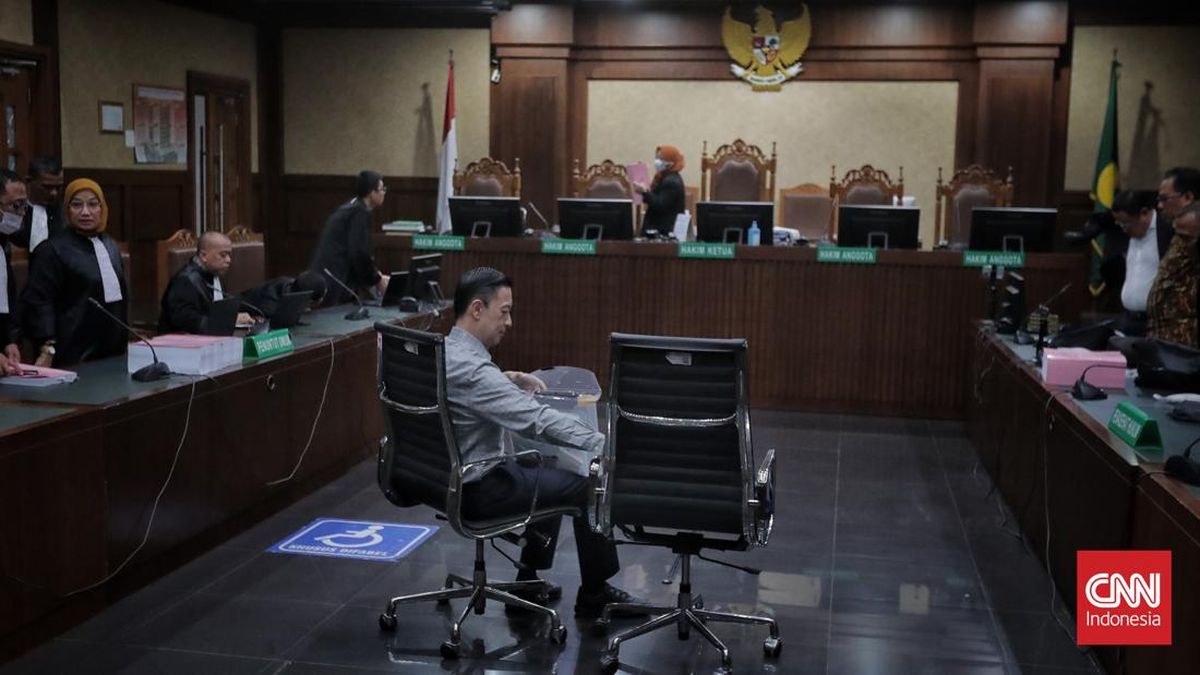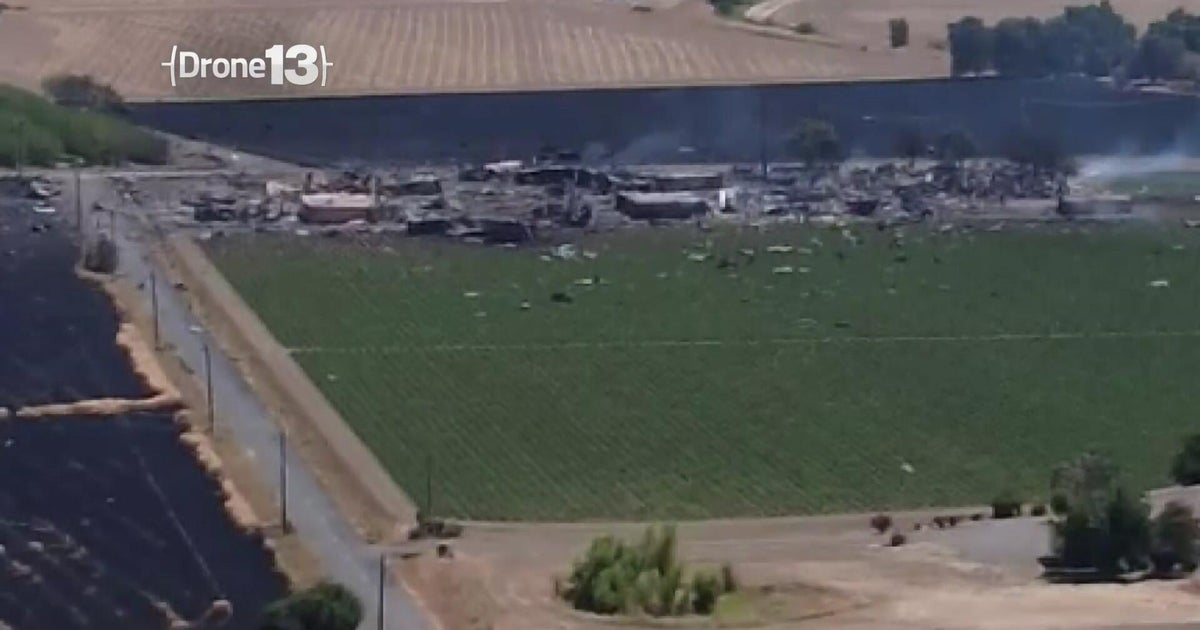One-bedroom apartments in Melbourne have become the cheapest homes across Australia’s major cities, as an oversupply of units, a delay in tightening minimum building standards and buyers’ preference for standalone houses affect price growth.
The median price for a one-bedroom unit was $360,000 in Melbourne in the March quarter, compared with $680,000 in Sydney.
The Victorian capital was cheaper than Brisbane ($520,000), Adelaide ($422,250), Canberra ($415,000) and Perth ($385,000).
The typical Melbourne one-bedroom unit has been flat in price in the 10 years to March, while two-bedroom units have risen 18.2 per cent and three-bedders 35.5 per cent.
Dr Nicola Powell, Domain head of research and economics, highlights a shift towards working from home and a higher supply of one-bedroom flats in high-rise towers and the inner city.
“We are working from home more than we were pre-COVID, which has made two- and three-bedroom units more desirable,” she said. “There was a period of time when they were developed in higher-concentrated areas and the build was directed towards investors … and not owner-occupiers.”

One-bedroom apartments in Melbourne are the cheapest capital city property offering in the country. Credit: Joe Armao
Powell said the buyer pool was narrower without an additional bedroom – downsizers wanted a room for the grandchildren, and younger couples an office space or a child’s bedroom.
Figures from Cotality’s latest Pain & Gain report found 22.5 per cent of the units in Melbourne that resold in the March quarter lost money, compared with 12 per cent in Sydney.
Inner Melbourne had an apartment building boom in the 2010s. Victoria reached a peak of 1.55 non-house dwellings completed per 1000 residents by the March quarter of 2017, while NSW completed 1.17 non-house dwellings per 1000 residents in the same period, ABS figures show.
Richard Temlett, Charter Keck Cramer executive research director, said Melbourne’s apartment market was cheaper than Sydney’s because it was “catching up”.
The company’s analysis of 2011 and 2021 census data found almost 82,000 occupied private one-bedroom apartments in Melbourne in 2021, up 48.7 per cent in a decade, compared with 123,000 in Sydney, up 54.9 per cent.
“Sydney has a more mature apartment market with more owner-occupiers, while Melbourne has more investors,” Temlett said. “Sydney also has minimum apartment sizes, which means bigger and more expensive.”
For Michael Fotheringham, managing director at the Australian Housing and Urban Research Institute, this is the crux of the problem. In 2002, NSW introduced apartment standards. “Victoria was less restrictive on that,” he said, and set minimum standards only in 2017.
Loading
“So we built a lot of tiny apartments that appeal to a very niche market and they have not appreciated, which is why they are available more cheaply,” he said.
The issue, however, is complicated, especially in light of an affordability crisis.
Before the minimum standards, some Melbourne units had issues with flammable cladding, tiny kitchens, borrowed light and poor ventilation.
Last month, the Victorian government green-lit apartments in a Greensborough development that fall short of minimum space requirements to meet its ambitious housing targets.
“There are differing views on the trade-offs here: in a supply crisis, some say we should just be building something … rather than worrying about quality and livability standards,” Fotheringham said.
Loading
It’s an issue canvassed in Abundance, a new book being well read among the federal cabinet, which argues progressives’ regulation to ensure quality housing turned into a maze of red tape, leaving people worse off.
Australians’ enduring obsession with houses was also a problem, Fotheringham said, as it made apartments a less attractive long-term option, influencing their design.
But not everyone dreams of a big house. When 31-year-old communications professional Mitchell Blincoe started looking to buy his first home, he knew it would be a one-bedroom apartment in Melbourne’s inner suburbs.
“Within what I was willing to spend, one-bedroom apartments were the only option in the inner-city area,” Blincoe said. He found a one-bedroom flat in North Melbourne with courtyard and study nook.
Blincoe paid $378,000, $6000 more than it sold for in August 2024.

Mitchell Blincoe recently bought a one-bedroom apartment in North Melbourne knowing it wouldn’t go up much in value.Credit: Luis Enrique Ascui
“If I keep it forever, that’s great, and if I decide to rent it out it has good rental potential, as it’s close to the University of Melbourne and the city,” he said. “I didn’t buy for resale or for capital gain – my objectives were lifestyle and affordability.”
Melcorp Real Estate’s Mattia Pecorino, who sold Blincoe his flat, said one-bedroom apartments on the outskirts of Melbourne’s CBD with “decent space” and amenities usually cost upwards of $300,000. The “significantly smaller” inner-city builds, mostly short-term rentals or serviced apartments, fetched about $180,000 to $260,000.

Off-the-plan apartments in Melbourne are the hardest to sell, Melcorp Real Estate agent Mattia Pecorino says. Credit: Jesse Marlow
“I’ve sold a few of the smaller ones lately to interstate purchasers that have noticed the market has bottomed out there,” he said.
“People who purchased off the plan for high $400,000s or low $500,000s three to four years ago … are lucky if they can achieve $400,000 on resale today.”
Most Viewed in Property
Loading







